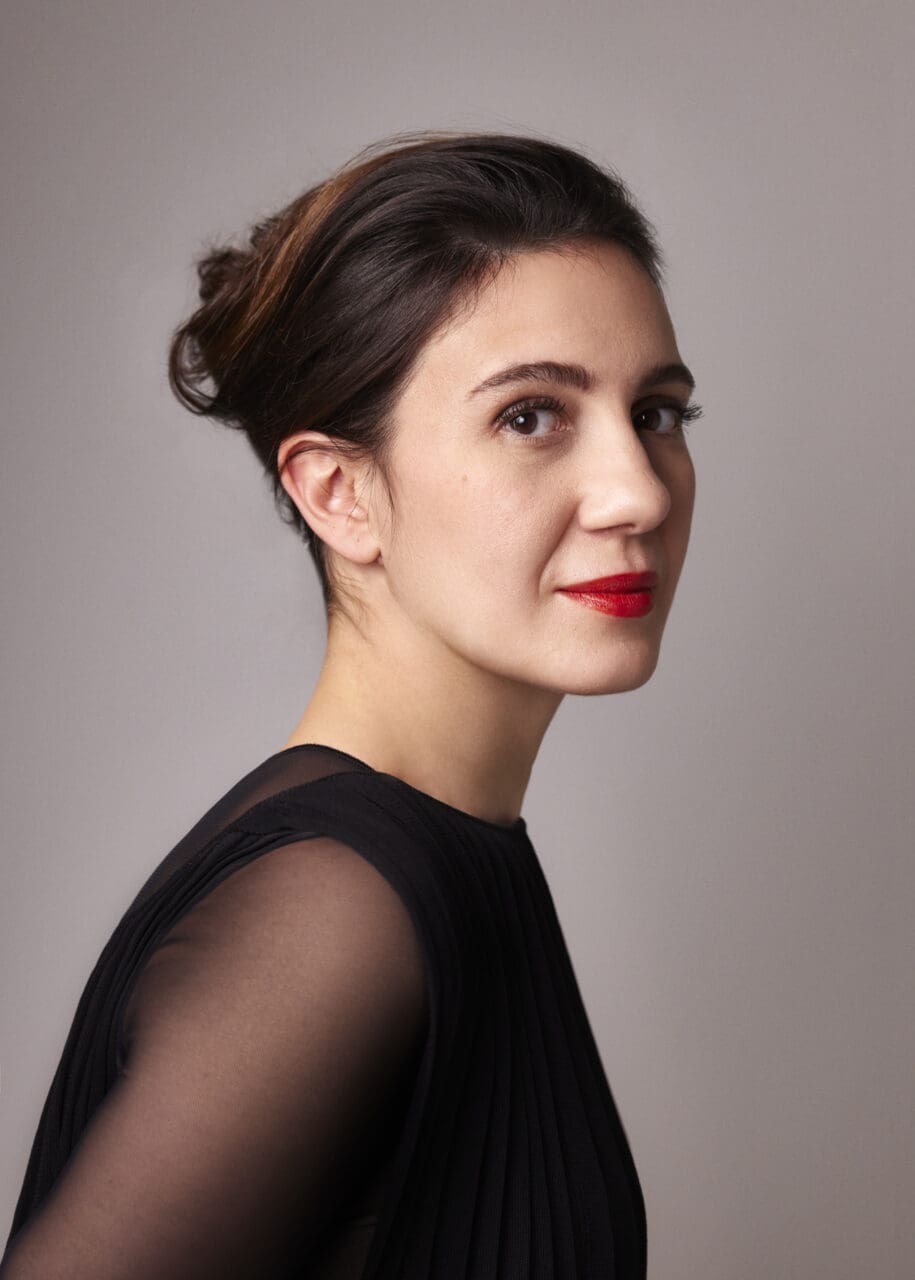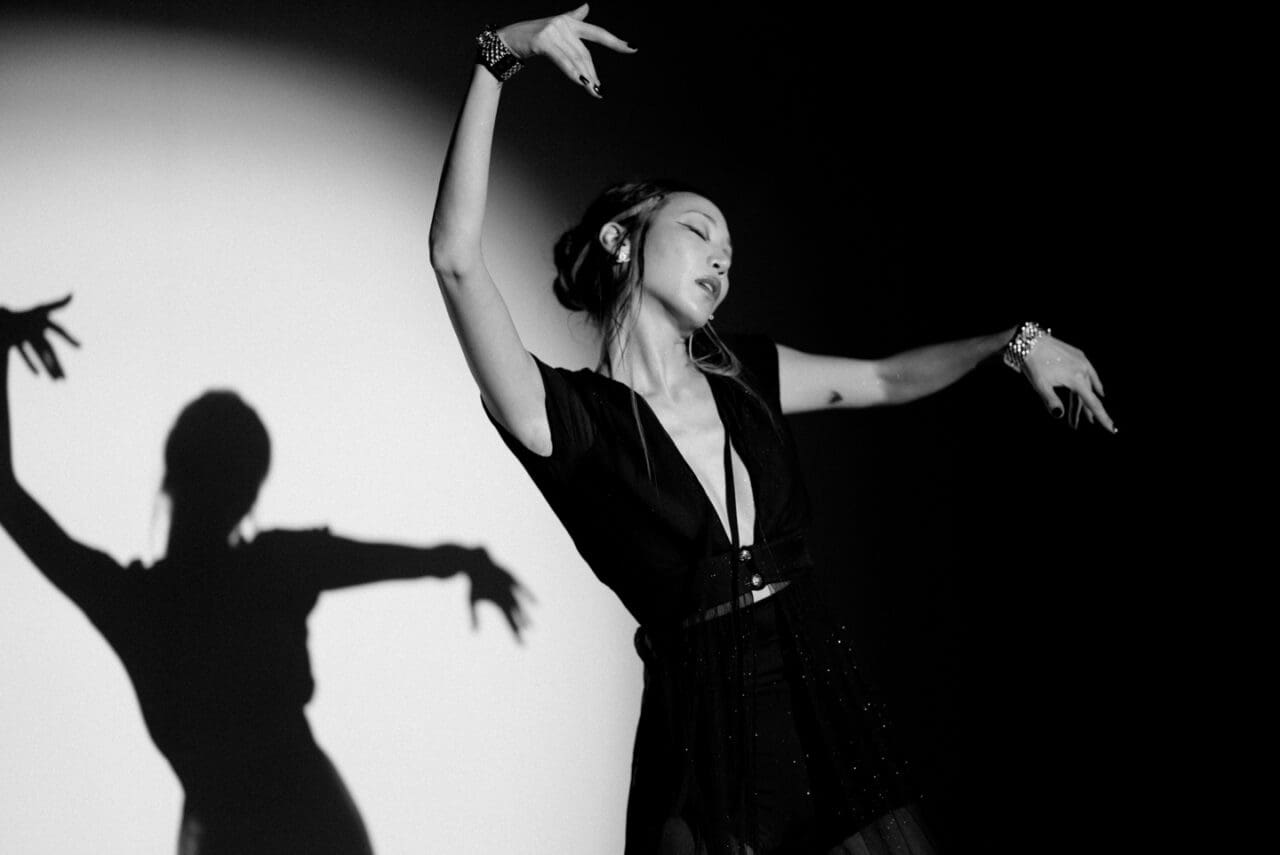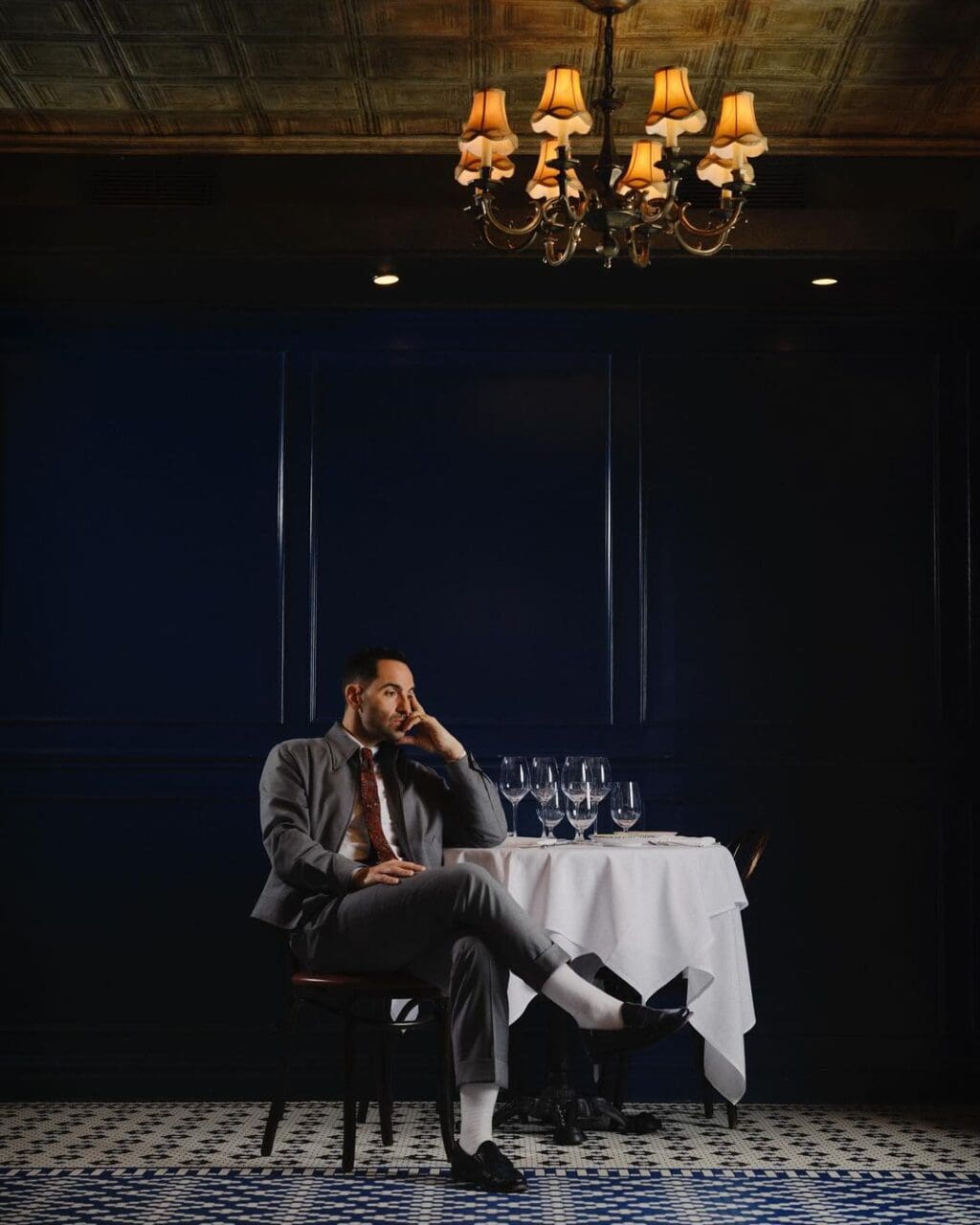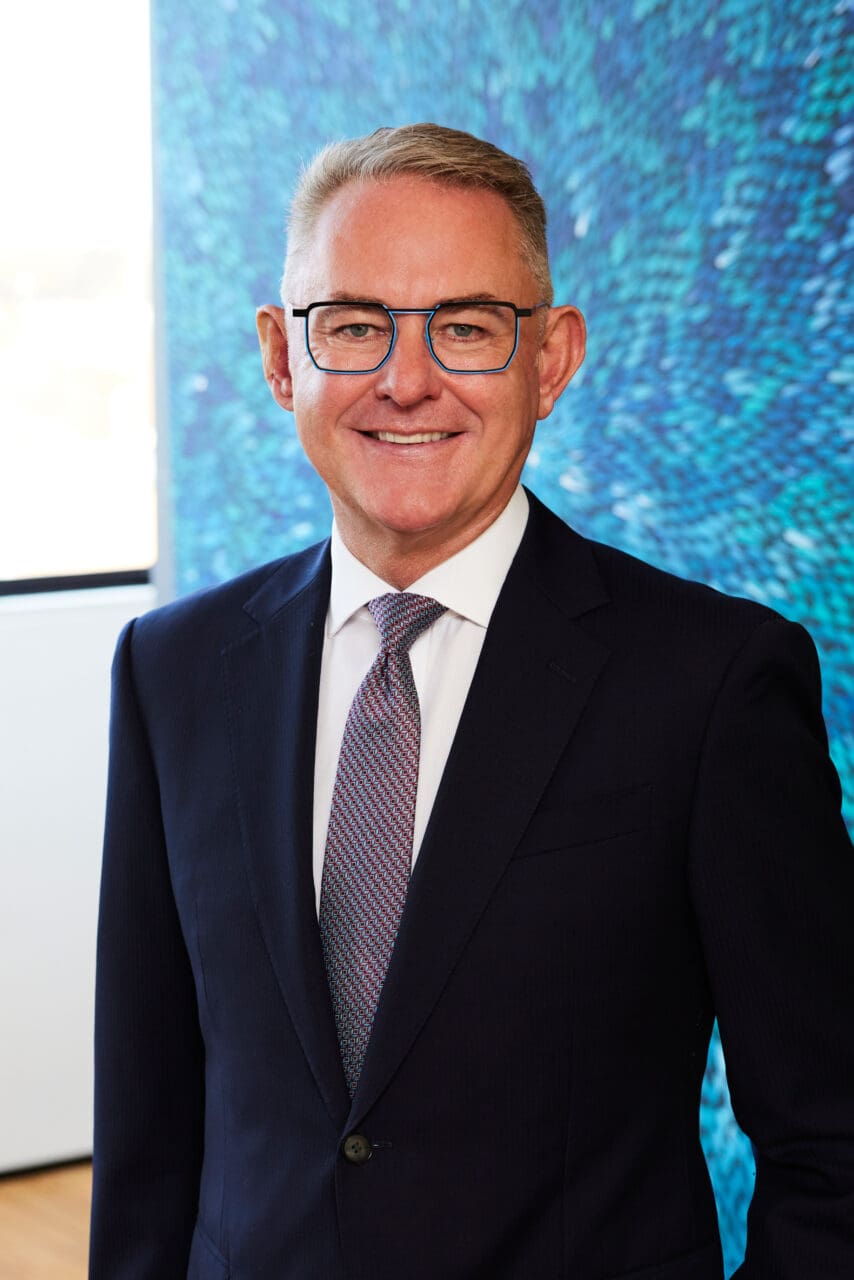“Two years ago, we asked Maurizio Nannucci, a very important Italian artist, to give a sentence to define Salone,” recalls Maria Porro, President of Salone del Mobile.Milano. “He wrote, using this incredible 20 metre-long neon light, ‘You can imagine the opposite.’ I think this is the base of creativity. When you come to Salone, you have the possibility to discover how different companies, creative minds answer this. So, can you imagine the opposite? Are you able to with just a white piece of paper? And can what you imagine have legs to walk and to last for decades, to be transferred generation after generation?”
In the vibrant world of design, few platforms are as influential as SaloneSatellite, which has been nurturing young talent for over two decades. Founded as a space within Salone del Mobile.Milano for designers under 35 to showcase their work, it serves as a crucial bridge between emerging creators and established industry figures. This November, they celebrated 25 remarkable years with the international debut of the “SaloneSatellite Permanent Collection 1998-2024” exhibition in Hong Kong. Organised by Designworks Foundation and hosted at the Arts Pavilion in the city’s West Kowloon Cultural District, it showcased global design excellence through over 100 award-winning pieces. Sprigs of baby’s breath sprouted from translucent cloud-shaped vases, warm ambient light poured out from the delicate plywood rings of a pendant lamp, and a leopard camo rug lay sprawled out as if basking in artificial light.

The "SaloneSatellite Permanent Collection 1998-2024” exhibition makes its international debut in Hong Kong.
Can you tell us more about SaloneSatellite and its permanent collection?
SaloneSatellite was founded 25 years ago and it’s the heartbeat of Salone del Mobile.Milano because it’s where young designers have the possibility to exhibit. There’s a jury that selects the exhibitors of SaloneSatellite; the head of the jury is Paola Antonelli, Senior Curator of Architecture and Design at the MoMA in New York, together with Marva Griffin, who is the founder and curator of SaloneSatellite. We don’t only have young talents, but we have always invited the schools to participate. Two years ago, we had Gaetano Pesce—one of the most renowned, wise designers, who passed away [earlier this year]—give a speech to the young talents. It’s this dialogue between the masters of design at the forefront and the experimentation of young designers that is very important.
So the pieces that are exhibited here at the Arts Pavilion are from throughout the 25-year history of SaloneSatellite, and are the pieces that actually went into production. The goal of SaloneSatellite is not just to give a stage to young designers, but more than this, to create connections between young designers, schools, entrepreneurs and companies. All these objects are proof that this connection can really happen, because those pieces went into real production and were produced for many years. Some are still in production. So Salone is a sort of accelerator of creativity on one end and business on the other. And this is very important—it has to coexist.

Maria Porro, Marva Griffin, and Paula Antonelli and more attended the "SaloneSatellite Permanent Collection 1998-2024" exhibition opening ceremony.
Why have you chosen to bring the “SaloneSatellite Permanent Collection 1998-2024” to Hong Kong for its first overseas location?
Hong Kong is an international platform; somehow, it is a bridge towards so many different countries and cultures. If you look at the Hong Kong skyline and the names of the architects that have designed those buildings, you have pretty much all the best architects from all around the world. I think that Hong Kong has a very strong architectural imprint which is in perfect dialogue with the soul and the heart of Salone, which of course is more about interiors, but good interior design is in perfect dialogue with good architecture and vice versa. Salone del Mobile.Milano has more than 30% of exhibitors that come from abroad, and in terms of visitors, has more than 70% from 150 countries, more or less.
We like this area of Hong Kong very much. I’ve been to Hong Kong several times but I haven’t visited this area yet because it’s quite new. This idea of developing a new area of Hong Kong with museum education—I think it’s very interesting. Having the possibility of being here with SaloneSatellite makes a lot of sense for us.
What has it been like working with Designworks Foundation on this exhibition?
I think it was a very respectful dialogue. We share the same values, we have the same trajectory. So it was really a pleasure and everybody involved did a great job.
The exhibition space itself was quite interesting. Could you explain the creative motivation behind the displays themselves?
The idea was to reflect the permanent collection exhibited in the Artwood Academy, which is a school that the Italian Federation of Woodworking and Furniture founded. The original exhibition has a square-shaped graphic, so the idea was to reproduce that architecture and place the different design pieces on those white pedestals as if they jumped out from Italy! It’s like they just jumped out from the boxes, and suddenly they are here.
We didn’t want to put any description, just numbers, so you go around without any cues of where the designer is from, who the producers are, or when it was produced. You have no influence while judging what you have in front of you, and then later you can read more from a little book. For creativity, sometimes it’s very important not to have prejudgment or preconceived ideas. The fact that it’s an open space too means that with one glimpse, you can catch sight of all the different objects and if you are attracted by one, you can just go and then you check it out. So this is very, very interactive. Then we have of course, the incredible window with the beautiful skyline of the city and the sea.
Is there a piece or designer you are most excited to introduce to the Hong Kong audience?
Because I like stories, let me tell you a story. I’ve visited SaloneSatellite since I was a child, a teenager. When I went to Salone to visit my father who was there exhibiting for my family’s company, Porro, I would always tell him, touching his jacket, “Papa, papa! Bring me to Satellite. Let’s go to see the young designers and what they think.” I was 13 at the time and I saw these small, green leaves by designer Nao Tamura. For the presentation, she had all the green leaves flying in this simple white box. Then I discovered that those green leaves were actually dishes that you can put into the oven, that you can wash. It was this idea to transform the traditional use of leaves in Asian cuisine into a design product. Now, Nao Tamura is a very well-known talent, a Japanese designer living in New York. She has collaborated with incredible brands like Issey Miyake and my family’s company started producing pieces from her.
To tell you another story, you see that stool, the silver one? The designer was a student when he came to SaloneSatellite, and I also remember him. Those pieces came flat, and inside there is gas so that with heat it inflates. The pressure is so strong that it can change the shape of the object. Oskar Zieta was a student from Eastern Europe, and after SaloneSatellite, his [design] became so popular that he founded his own company, and is now producing inflatable metal pieces that are delivered everywhere in the world.
SaloneSatellite is inside the trade fair, it is inside the heartbeat of business so it gives real opportunity to young designers to start working with big brands. And I’m so proud that my company did select and produce pieces for them! Many companies also have, and now there are pieces that are best sellers within these companies, and young designers that are well-recognised that have become entrepreneurs or even teachers at important design schools. SaloneSatellite has real impact, this is very important. It’s not just something fancy with marketing—it’s real.
What do you hope people will take away from the “SaloneSatellite Permanent Collection 1998-2024” exhibition?
Well, I think it’s very joyful, which I like. Young talents are full of joy and hope; they still haven’t been through a series of “No…Maybe… We will call you”, so they’re still very free spirited. (laughs) But then the designers you see at this exhibition have that joyful and free approach, but at the end of the day, have worked in the real industry. So it’s proof that this joy is something you can bring with you. The permanent collection is kept inside the Artwood Academy so the young talents can see daily that it can happen—that they can have success.
Beach Cocoon by Pascale De Backer / Pascalina (2009)
What are the Salone del Mobile.Milano projects coming in 2025 that we can look forward to? Are there any details you can share with us?
We will continue a collaboration with an important movie director, as we have done last year with David Lynch. Because it will be the year of light, Euroluce, we will have an incredible congress on the 10th and 11th of April with scientists, developers, light designers, artists talking about the evolution of the future, architects talking about the evolution of light. So once the congress is out, please book your place because they are going to run out very soon!
We will also start again with the grand opening at La Scala and let’s just say that we’ll be in the two most important places of Milan with something incredible! We are also collaborating with La Grande Brera—which is the Pinacoteca, the academy and the new museum— reshaping the cloister inside Brera with a very important, very special, very rock ‘n’ roll woman! (laughs) Then at the Sforzesco Castle there will be a very important artist that will create a special installation in dialogue with the Pietà sculpture by Michelangelo. Then we have all the best brands exhibiting. We’ll have SaloneSatellite again, so from the 8th until the 13th of April, come and see!
Editor
Alyanna Raissa J. PayosCredit
Images Courtesy of Designworks Foundation








